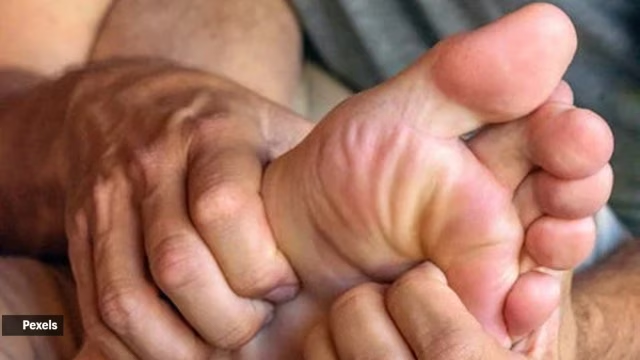India is home to 101 million diabetics, according to a study conducted by the Indian Council Of Medical Research – India Diabetes. Many people have claimed India to be the diabetes capital of the world. The lifestyle conditions and blood sugar levels of people in India, as a result of poor health and fitness regimens, can lead to heart ailments, kidney problems, and vision concerns. One out of ten diabetic patients can develop foot complications because of diabetes.
Ninety percent of the cases of diabetic foot complications are painless and neuropathic. This is why many patients are reluctant to see a specialist or share with an acclaimed podiatrist and diabetic foot surgeon. When the case becomes complicated, a non-healing ulcer turns into gangrene. Amputation is the only treatment in this case. Only a podiatrist can perform surgery in such a case.

Despite the rising number of foot complications because of diabetes or otherwise, many people lack knowledge about a podiatrist. They end up reaching out to orthopedic surgeons, general practitioners, and physiotherapists for the treatment, when what they really need is a podiatrist.
Podiatrists are doctors of podiatric medicine who work on improving as well as maintaining foot health. They are specialists in treating a wide range of foot-related diseases like injuries, infections, biochemical problems, and deformities. They specialize in diagnosis, prevention, and treatment of foot, ankle, and lower extremity disorders.
Unlike physiotherapists and orthopedic, podiatrists can make out early signs of arthritis, cardiovascular disease, and diabetes through foot examinations. They have good years of experience in foot examination using machinery, vasculopathy, detecting neuropathies, conducting gait analysis as well as providing customized footwear to prevent foot problems and prevent recurrence.
Podiatrists are trained to diagnose and treat ankle and foot problems such as heel discomfort, ingrown toenails, diabetic foot disease, and bunions. They also offer foot care advice and custom-made orthotic devices. They also carry out surgery problems, if any. They are trained to treat foot injuries surgically.
Podiatrists specialise in dealing with foot-specific injuries and deformities. People with foot problems can reach out to a podiatrist to reduce their stress and educate others in their community. The need for podiatrists is also growing besides the rise in diabetic patients across the nation.
Foot problems are often neglected. They are mostly viewed as non-specialized or minor issues when they could actually be something big. Many people in India believe foot problems do not require a dedicated specialist. This, in turn, leads to an urgent need for podiatrists to meet the pressing need for them, increasing day by day. The underutilisation of podiatric services is done in India by many people just because they are unaware that a dedicated specialist is available to deal with it.
More critical areas in the healthcare industry of India often overshadow development of specialised fields such as Podiatry. Diabetic foot wounds can be best treated with the help of doctors who exclusively practice podiatry.











